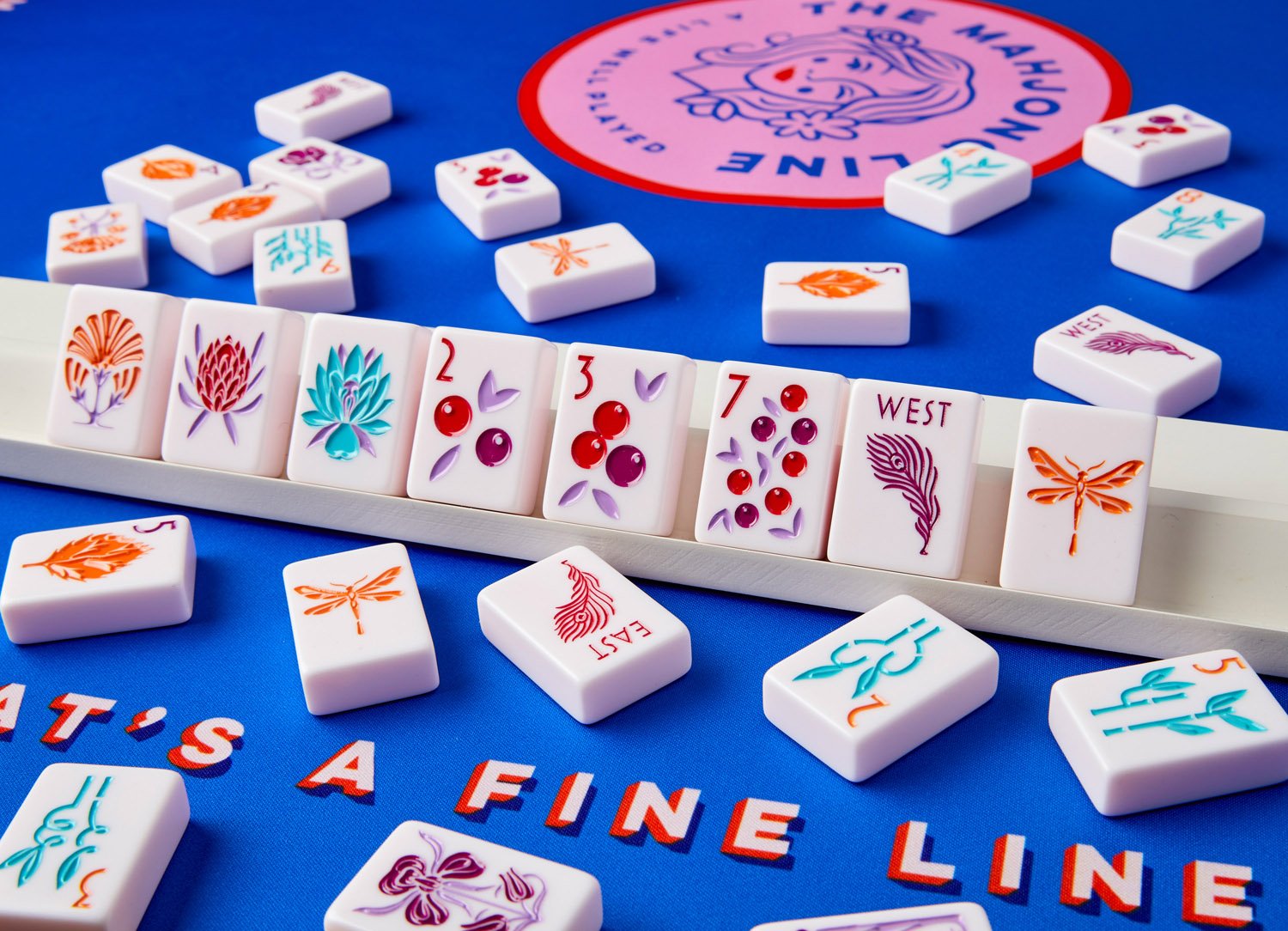

“Give it a second attempt and it won’t feel like another language.” “Your brain may get jumbled at first read,” read a description of the company’s Field Guides, which function like rule books. “Namely: the unnecessary numbers on flowers, confusing the bird bam for a flower, the monochromatic suits that aren’t distinct enough from each other, etc.” “For beginners, our minimal designs are the most similar to the traditional tiles but we made sure to simplify the things that can confuse a new player,” read a statement from The Mahjong Line. The company argued that it removed the Chinese characters to make the game easier to learn. So a bunch of white ladies decided to redesign mahjong for wHiTe GiRL aEsThEtiC (because traditional Chinese tiles were too boring and didn't match their star signs), and had the caucasity to charge $425 for horribly design sets that make the game HARDER to play ~a thread~ /sgbINs1XzM or Austin.” None of these descriptions reference Chinese culture or cities. The Minimal sets, says the company, were built for girls who “love a good Eames chair, the smell of coffee shops, abnormally long walks on crisp days and the pulse of NYC.” The Cheeky sets should appeal to girls who “love a wild wallpaper, millennial pink and many sneakers” and who are “equally happy in L.A. The Mahjong Line’s variations, which include “Minimalist,” “Cheeky,” and “Botanical,” are all targeted at hyper-specific consumers. Its color variants are also exclusive, produced in limited-edition batches so consumers can “rest assured your entire crew won’t have the same tile set.” The Cheeky Line in Skylight Blue from The Mahjong Line. The Mahjong Line’s site also stated that it hoped to introduce the game to the “stylish masses,” ironic given its price point of $325 to $425 per set. And nothing came close to mirroring her style or personality.” “On a quest to purchase her first Mahjong set, Kate discovered that the artwork of the traditional tiles, while beautiful, was all the same– and did not reflect the fun that was had when playing with her friends. The Mahjong Line’s About Us page has since been modified, but its previous copy read:

“it’s allergies not Covid19, dear Caucasian” January 4, 2021Īsian Americans across Twitter and Instagram took offense to The Mahjong Line’s products, but it was the company’s marketing strategy that really gassed the fire. This is a textbook example of #culturalappropriation so happy 2021 everyone. What's happening? Colonizers Annie, Bianca and Kate have discovered a new and improved tile game, once known as mahjong but now is a reflection of their individual style and fun. Almost immediately, criticism for The Mahjong Line exploded. On Monday afternoon, Kathy Khang, an author and speaker whose work celebrates her identity as an Asian American woman, posted a tweet that sparked a conversation about the brand. The mats feature slogans like “Get Your Mahj On” and “Not Your Mama’s Mahjong.” Traditional symbols were swapped for “mid-century,” “cheeky” versions–a bag of flour, for example, stands in where a flower once was. Each of their tiles is emblazoned with Arabic, not Chinese, numerals. Her idea of a “refresh,” amounted to an entire redesign, aimed directly at appealing to millennial females. LaGere learned to play Mahjong in 2018 and was hooked, but decided that the game needed a “respectful refresh” to appeal to modern consumers. Kate LaGere, a White woman, and two of her White friends, Annie O’Grady and Bianca Watson, founded The Mahjong Line last November. That’s why The Mahjong Line’s candy-colored versions, which erase nearly all of the Chinese elements in an effort to make the game “stylish,” caused an uproar. Though the game has spread across the world, most Mahjong sets look very similar to the original design, bearing Chinese characters and symbols like birds and flowers. It’s also popular in the United States, where it’s been widely available since the 1920s. The game is ubiquitous in Chinese culture it’s played at family gatherings, among friends, in public parks, and beyond. Mahjong was developed during China’s Qing Dynasty and spread across Asia in the 19th century. The Mahjong Line, a Dallas-based company founded by three White women, has come under fire for redesigning and rebranding a traditional Chinese game and failing to properly acknowledge its cultural significance.


 0 kommentar(er)
0 kommentar(er)
